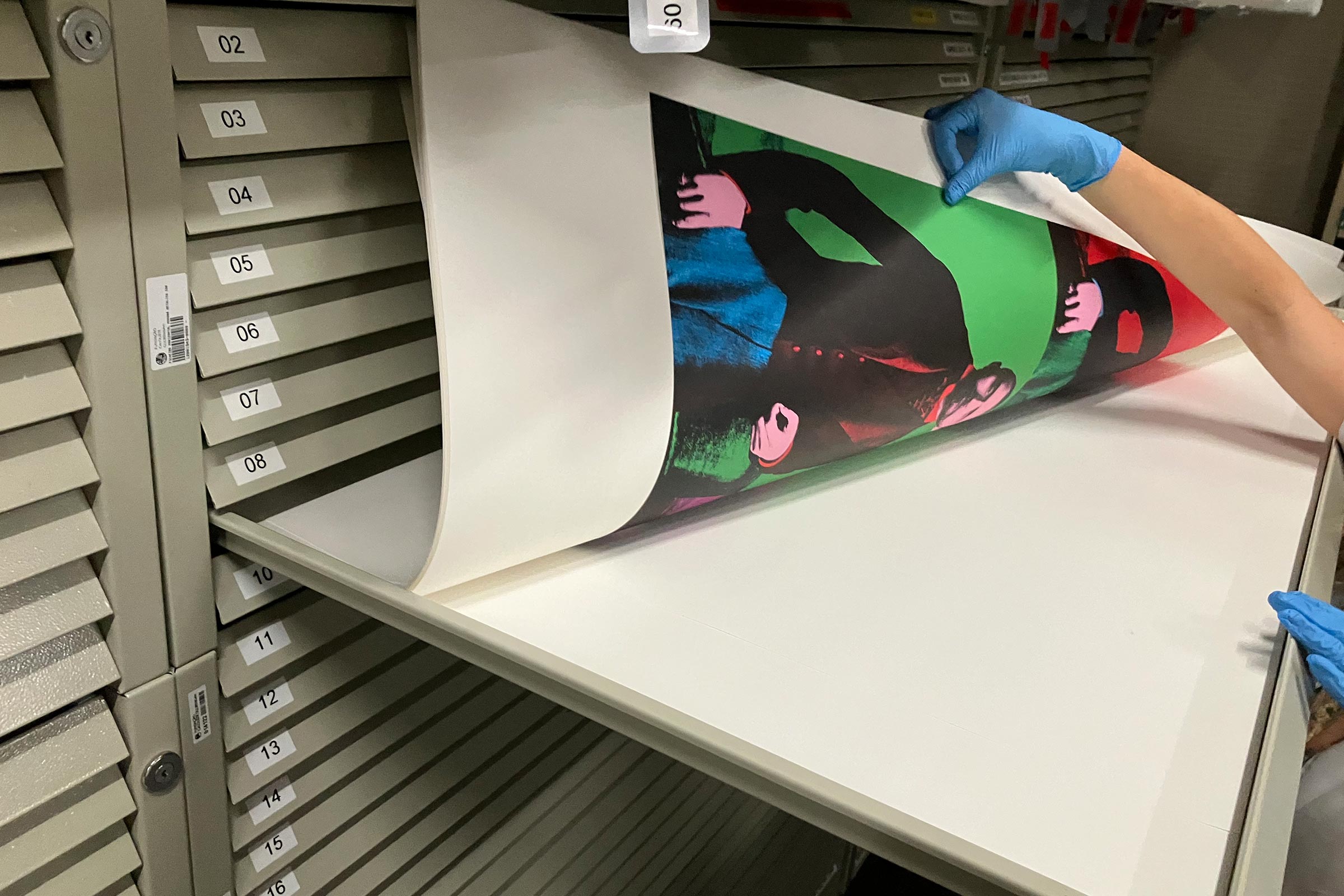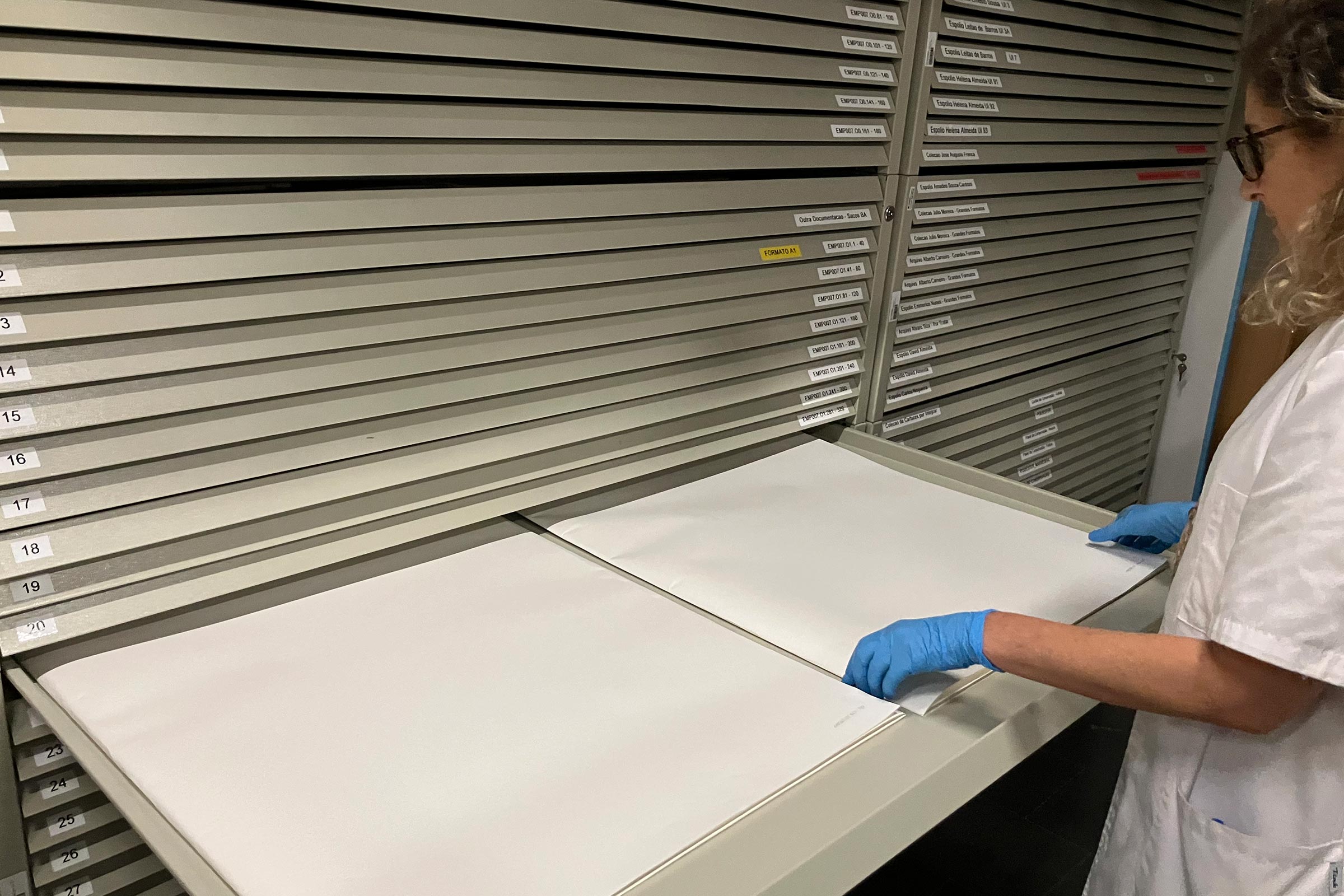Calouste Gulbenkian Foundation poster collection
Preservation project
The Art Library has collected a significant number of posters documenting and illustrating cultural and scientific events supported or produced by the Calouste Gulbenkian Foundation, from 1956 to the present day: exhibitions by the Gulbenkian Ballet, concerts in the Music Season and the Jazz em Agosto festival, exhibitions and events organised by the Calouste Gulbenkian Museum and the Centro de Arte Moderna, among many other initiatives.
This collection of documents, currently made up of more than 1,200 posters, includes important examples of Portuguese graphic design from the second half of the 20th century, some of them created by leading designers and visual artists such as Américo Silva, Sebastião Rodrigues, José Brandão or Victor Manaças.
As such, it is a valuable documentary source for the history of the Portuguese graphic arts of that period, completing the bibliographical, archival and ephemera collection of the Art Library.
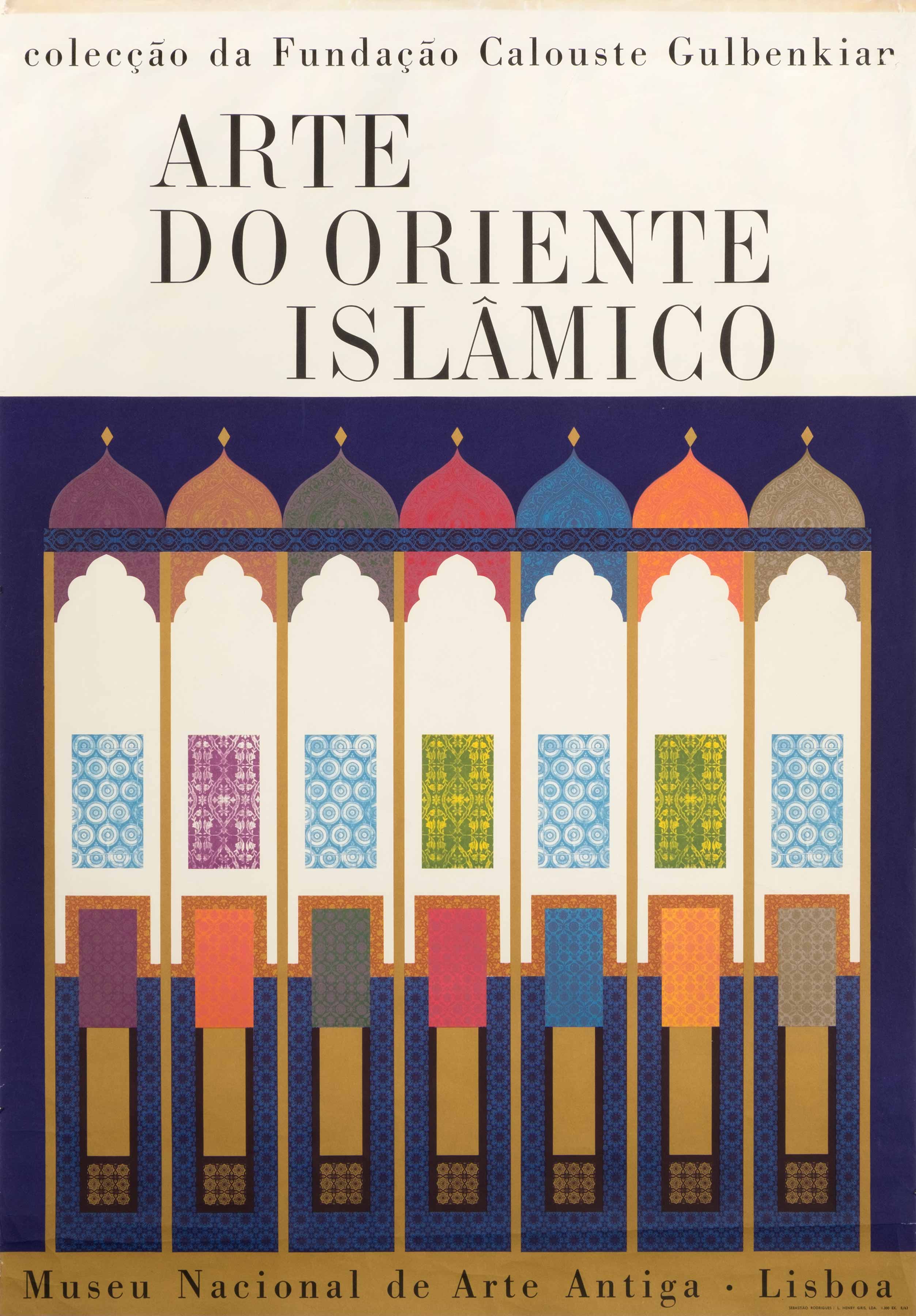
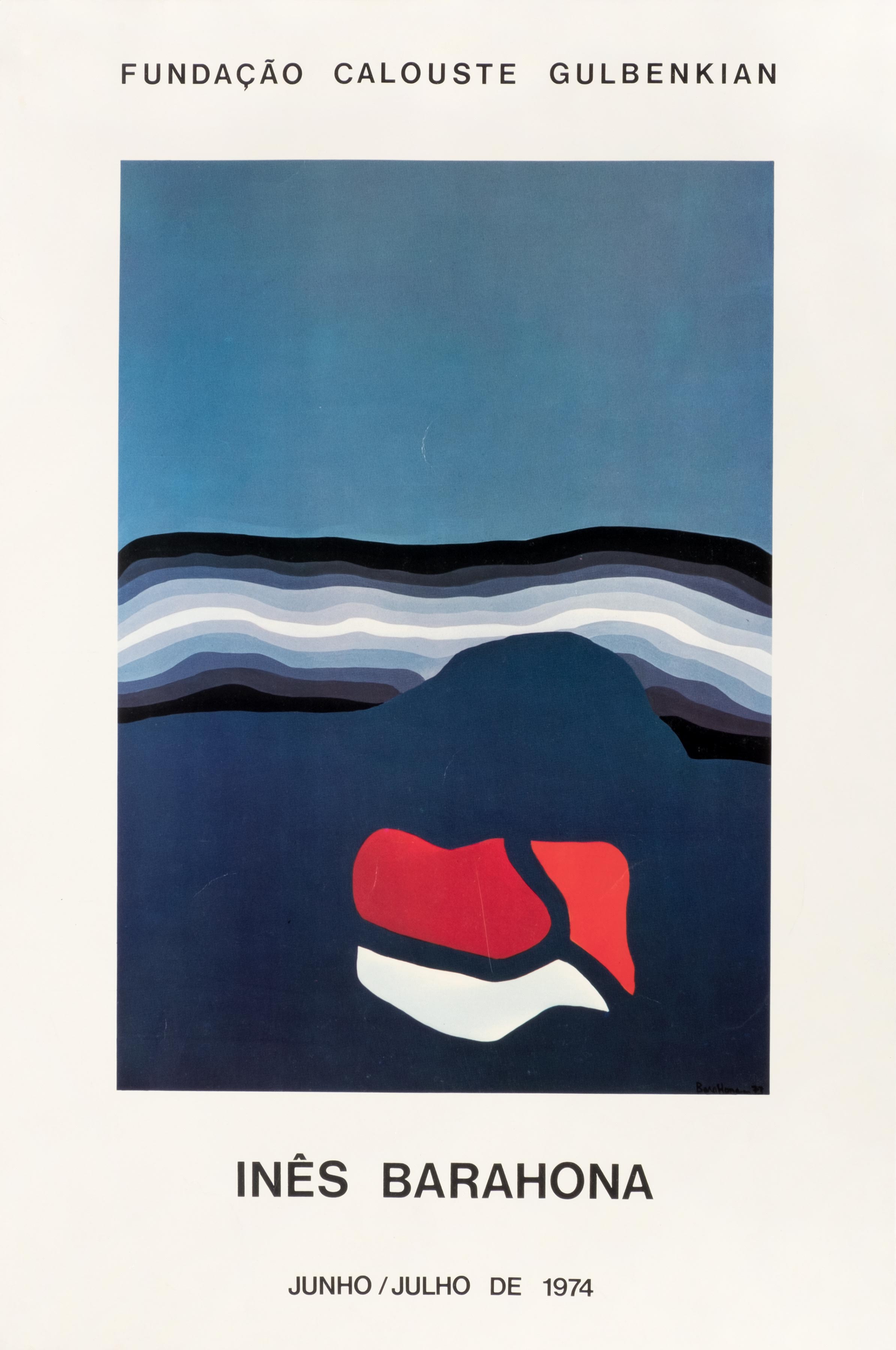
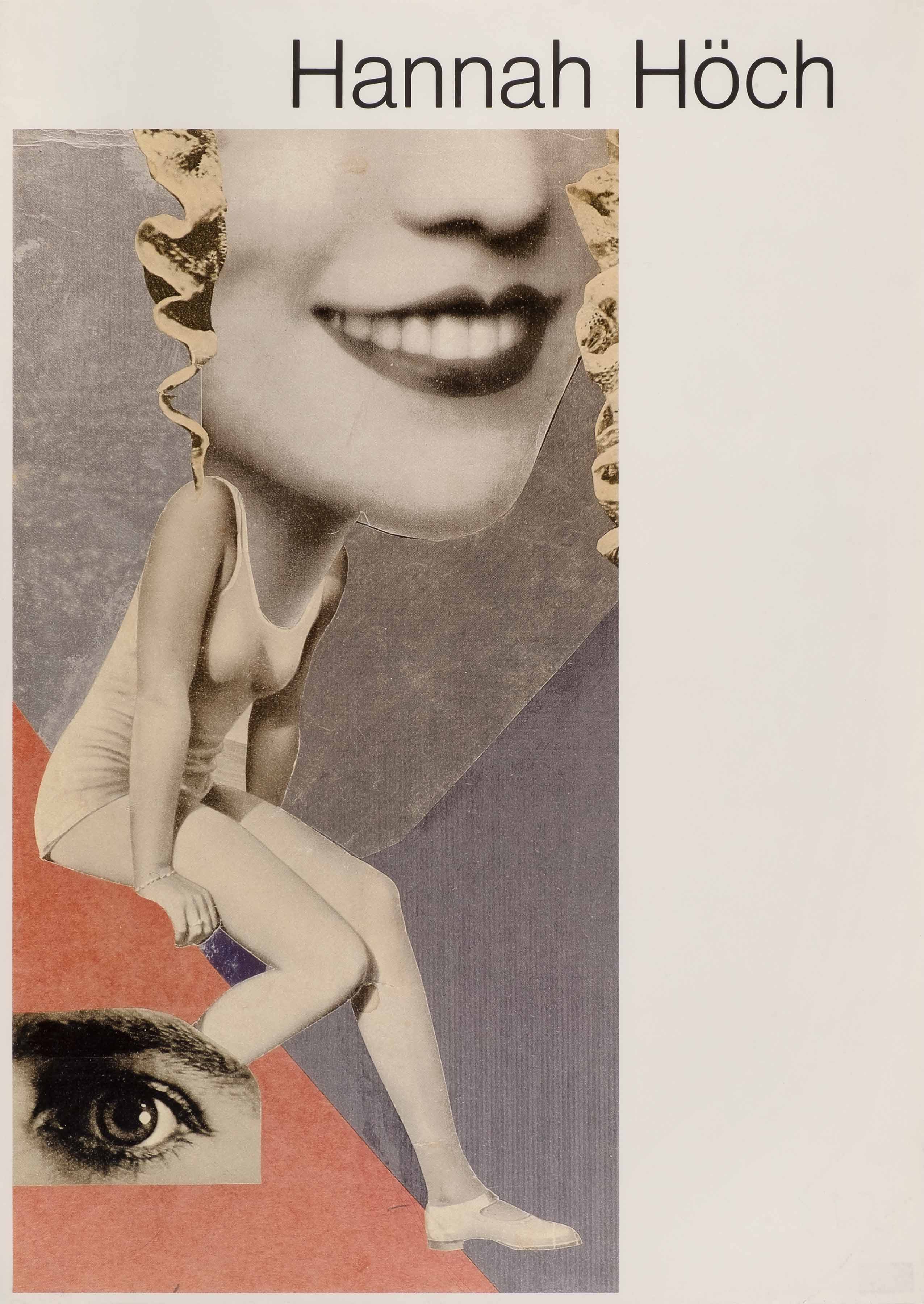
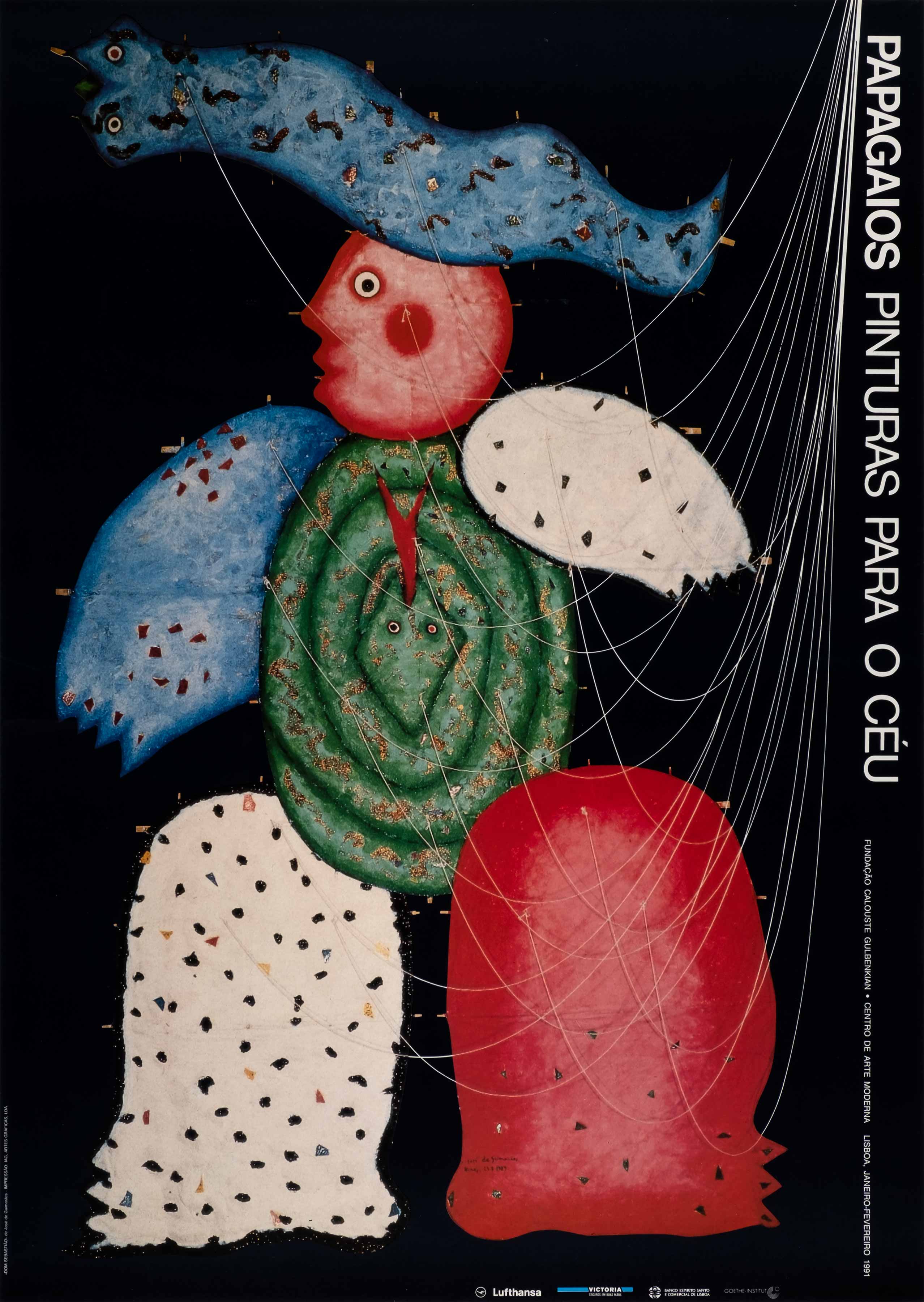
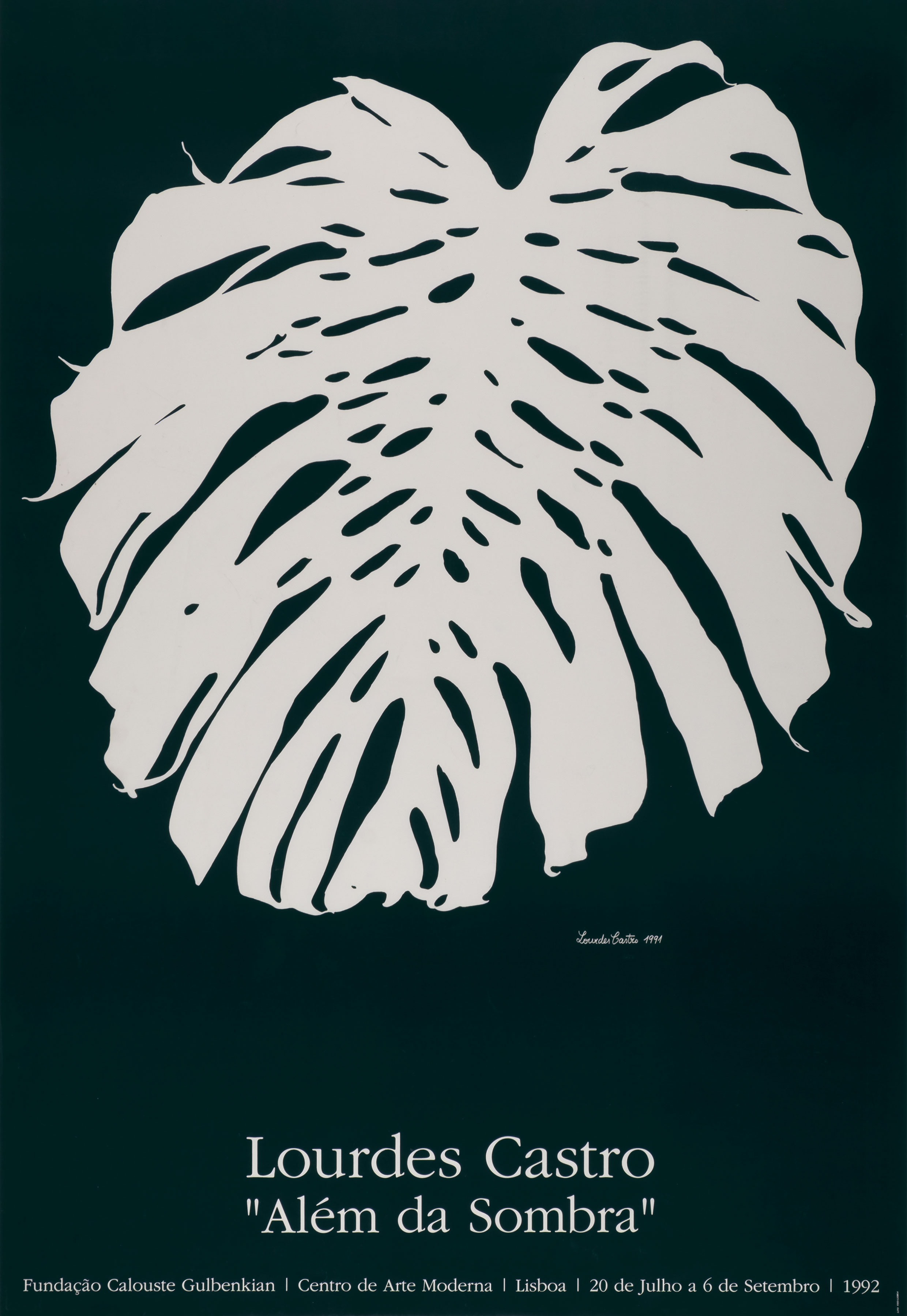
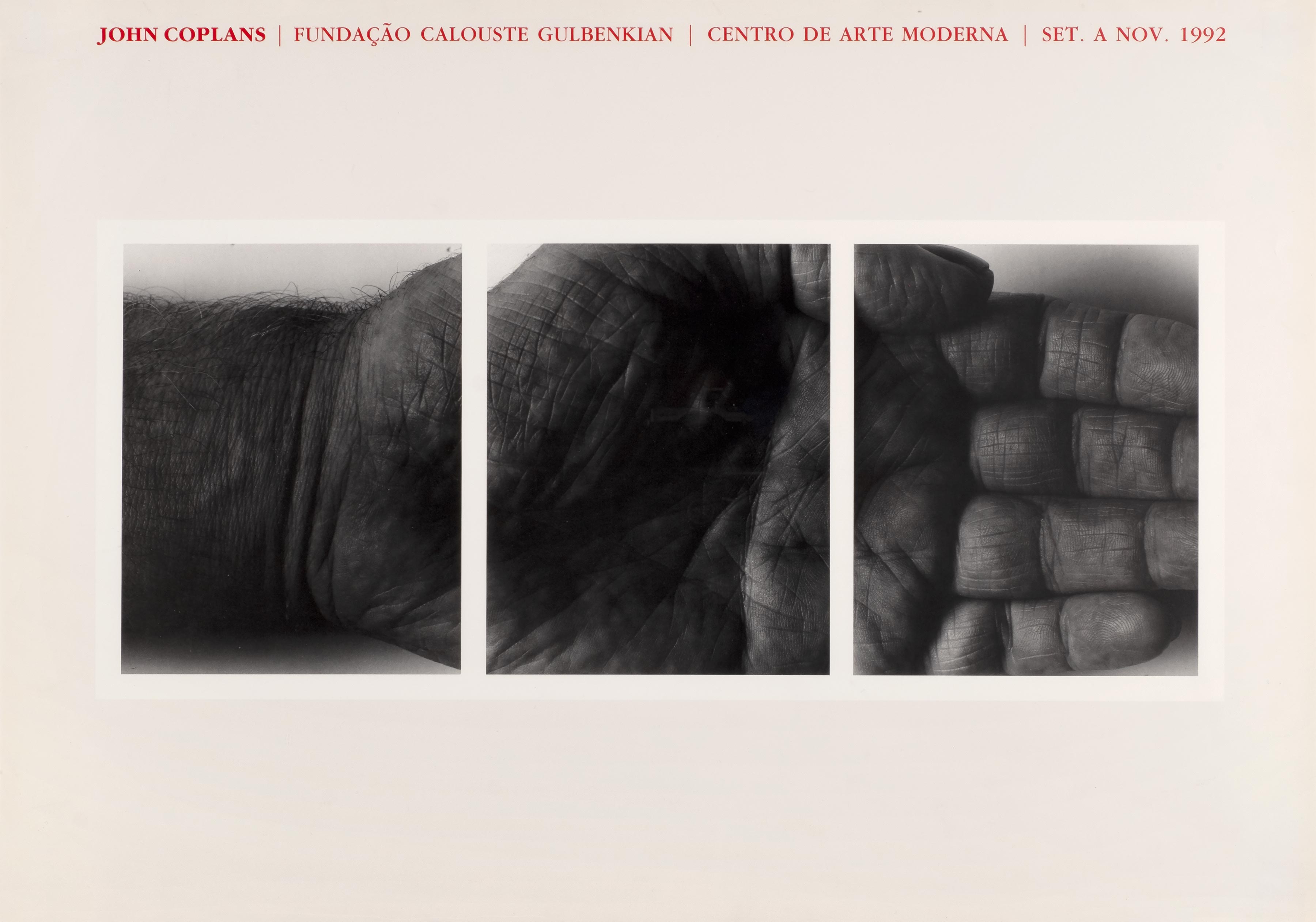

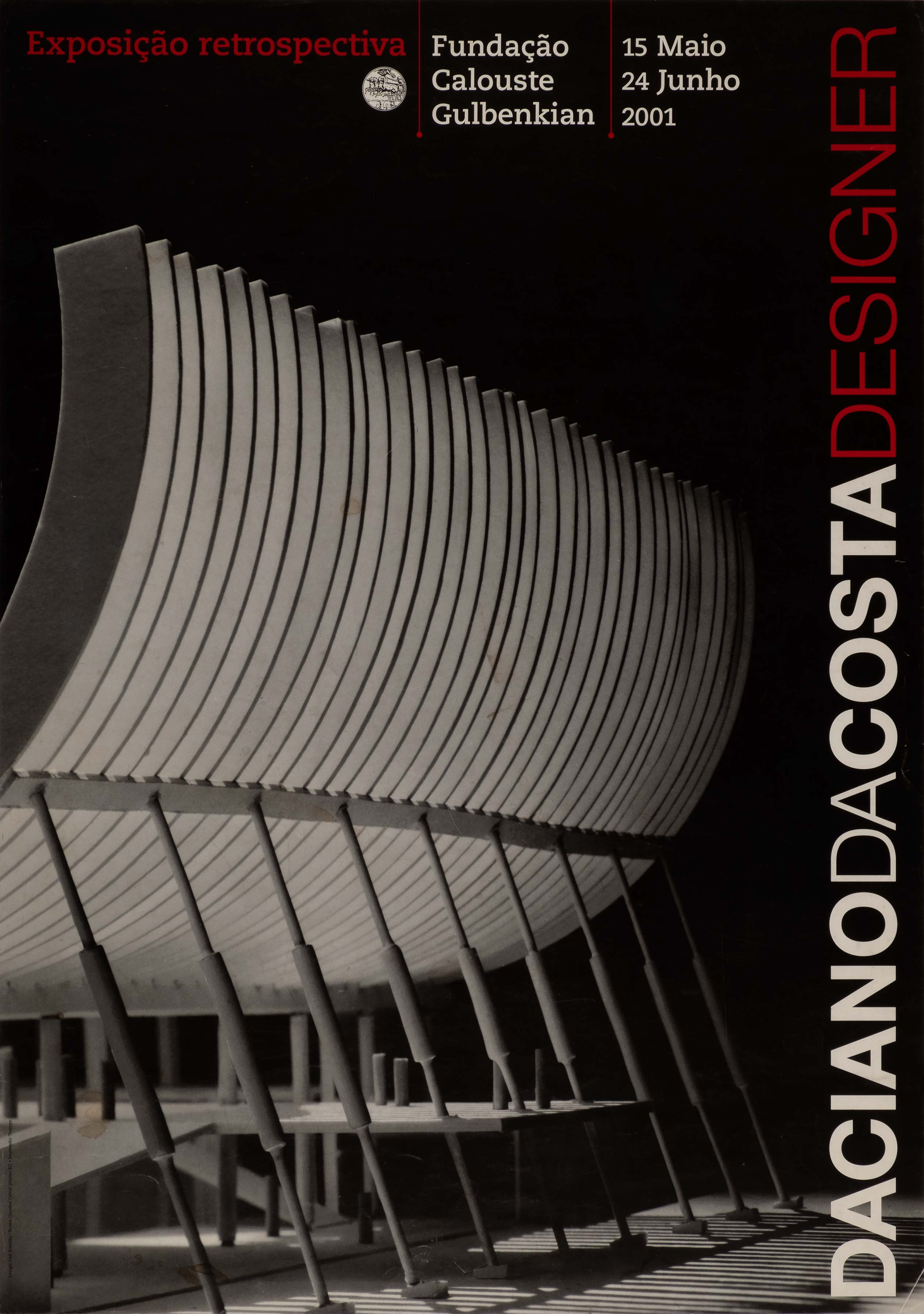

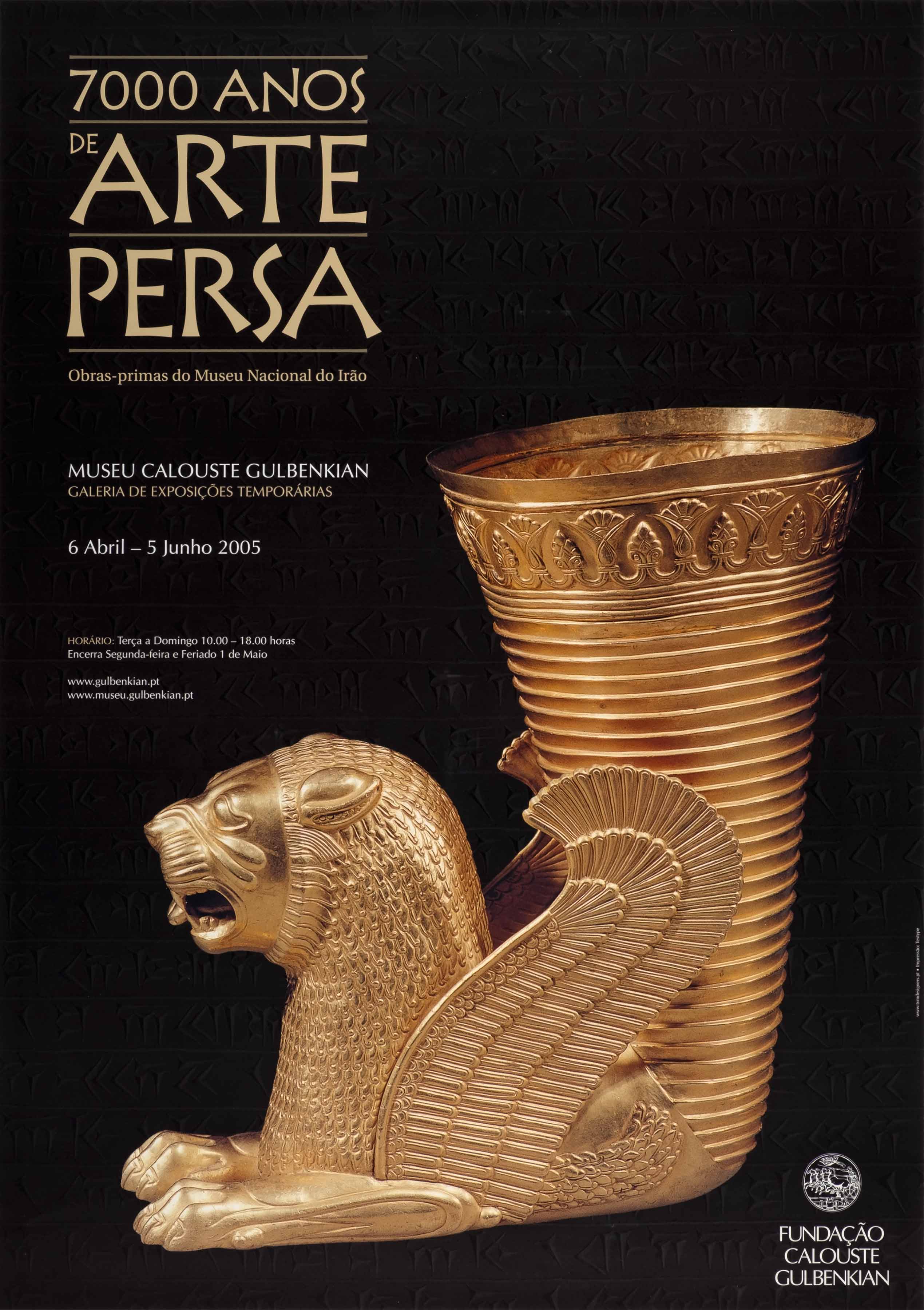

Poster collection preservation project
Between September 2022 and July 2023, the preservation project was carried out in two phases – material analysis and diagnosis of the state of conservation (1st phase); conservation, processing and packaging actions (2nd phase).
Material analysis and diagnosis of the state of conservation
The first phase of the work consisted of characterising the material of the posters and diagnosing their state of conservation.
From a material point of view, a poster is made up of several layers, namely: the support, which is usually paper, the printing and one or more coating layers, whose function is to give robustness or perfect the final appearance of the work.
To define conservation strategies for these documents, it is essential to identify the physical and chemical composition of these various layers so that potential forms of deterioration can be anticipated, and preventative and long-term safeguarding measures can be taken.
To this end, observations were carried out using low light, direct light with magnification and a digital optical microscope, to identify and record the paper’s surface texture, fibres, gloss and other characteristics, as well as the printing process.
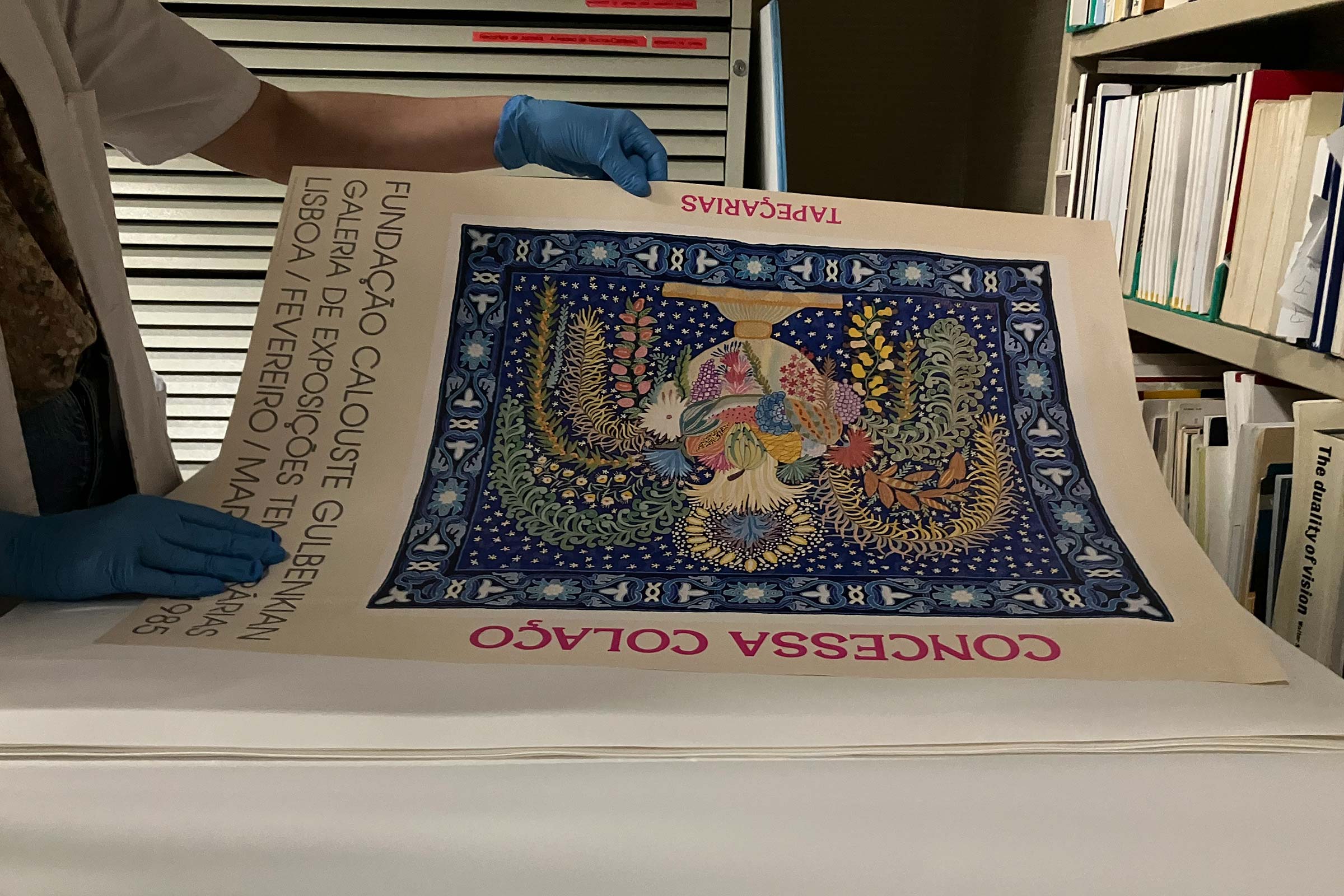
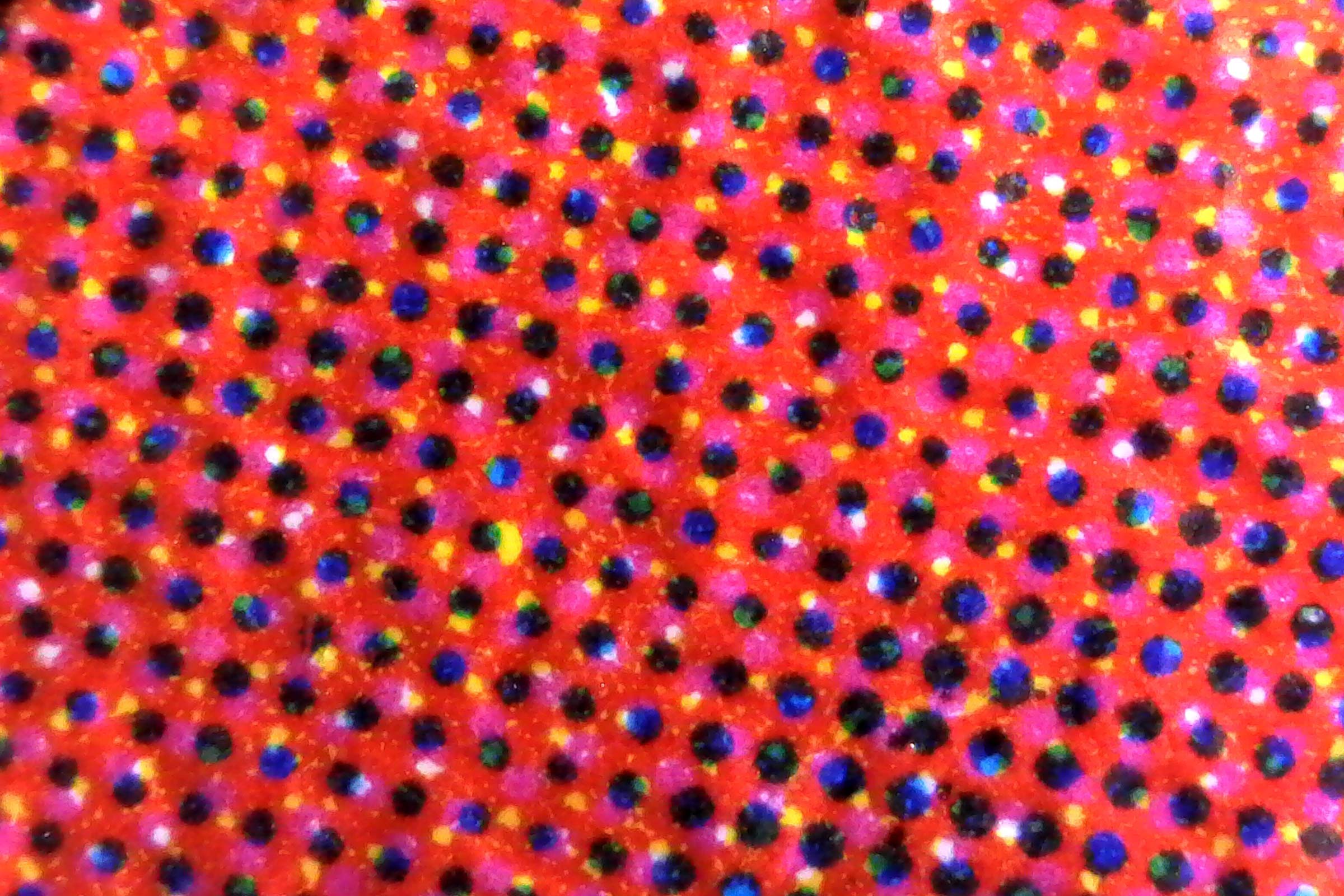

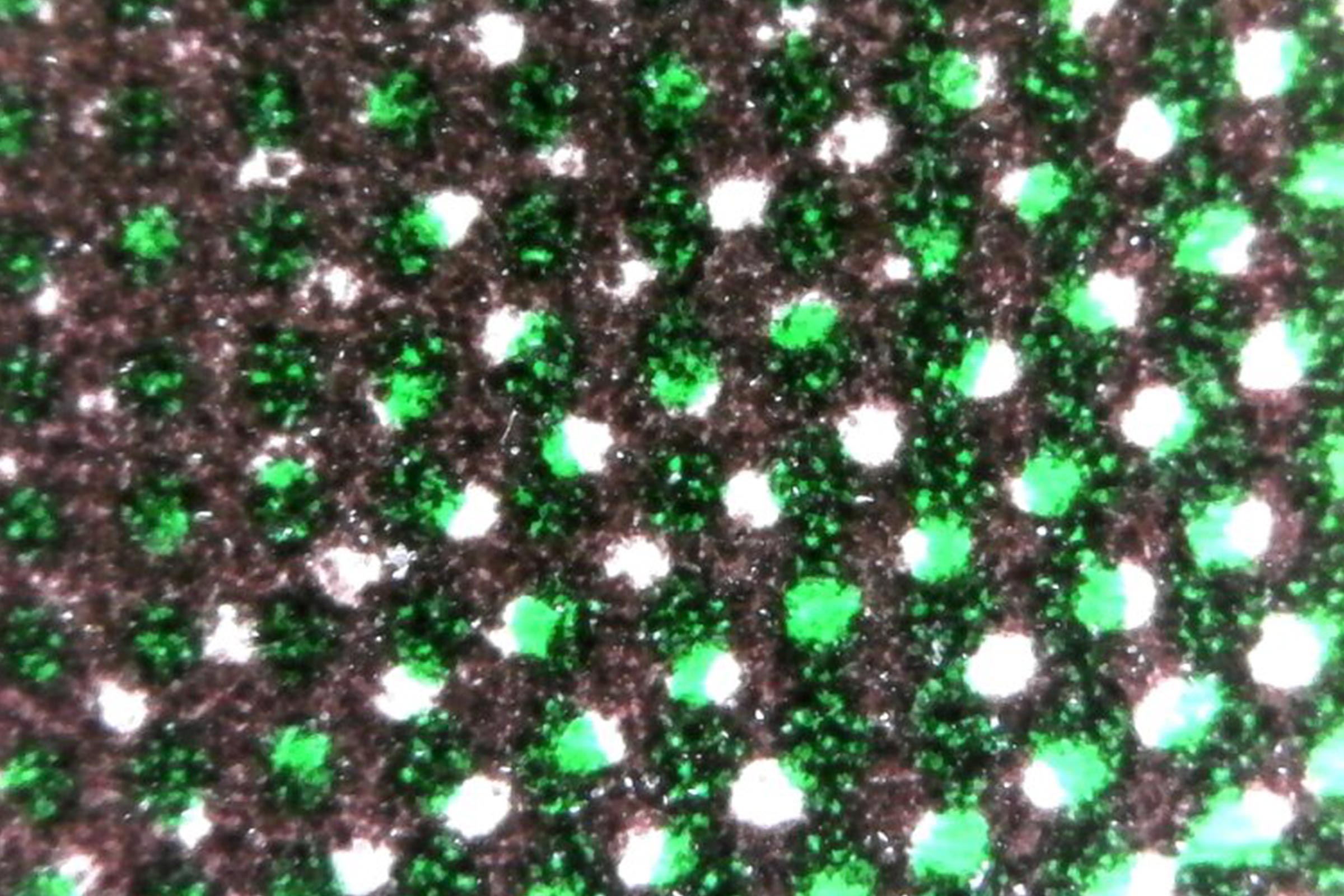
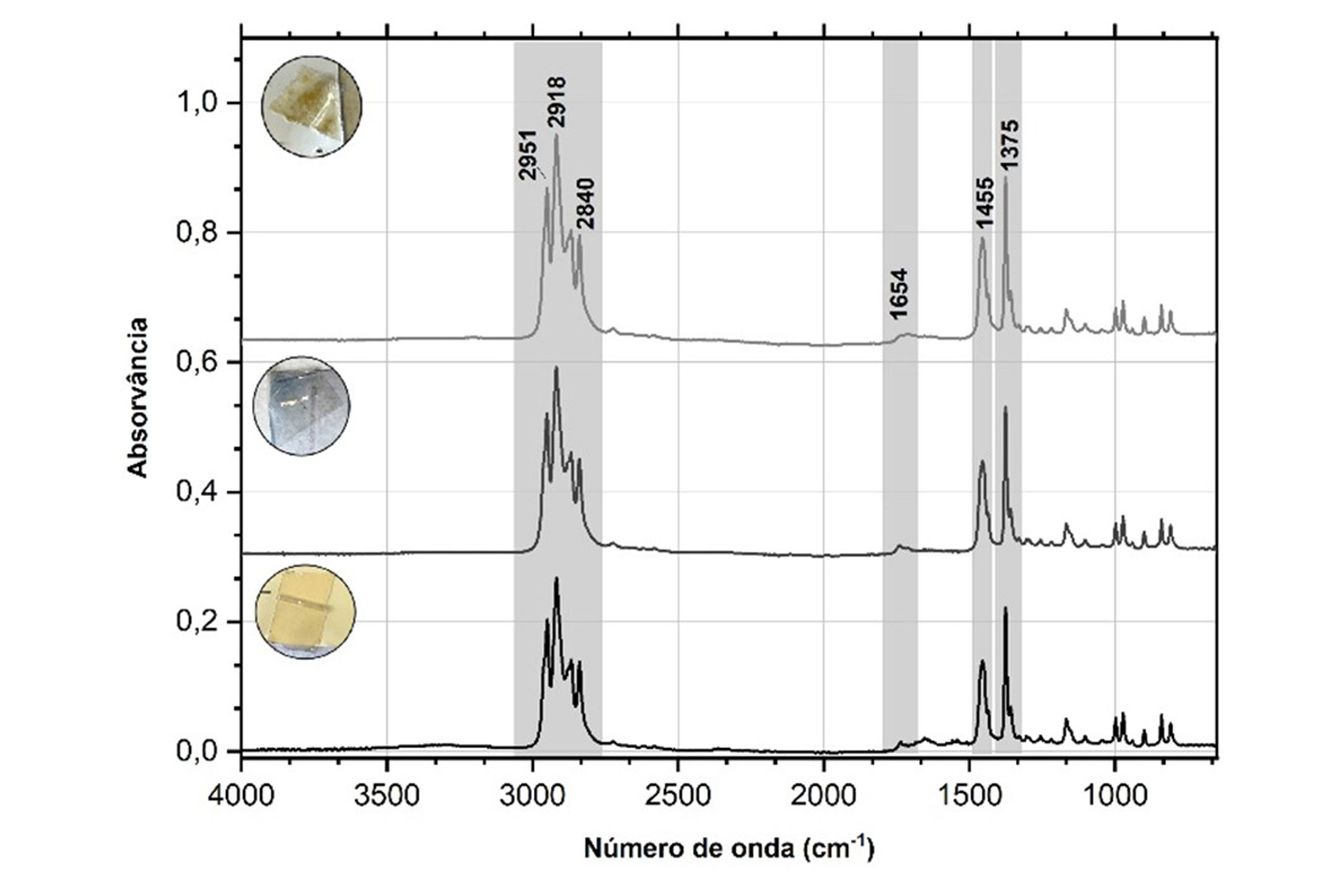
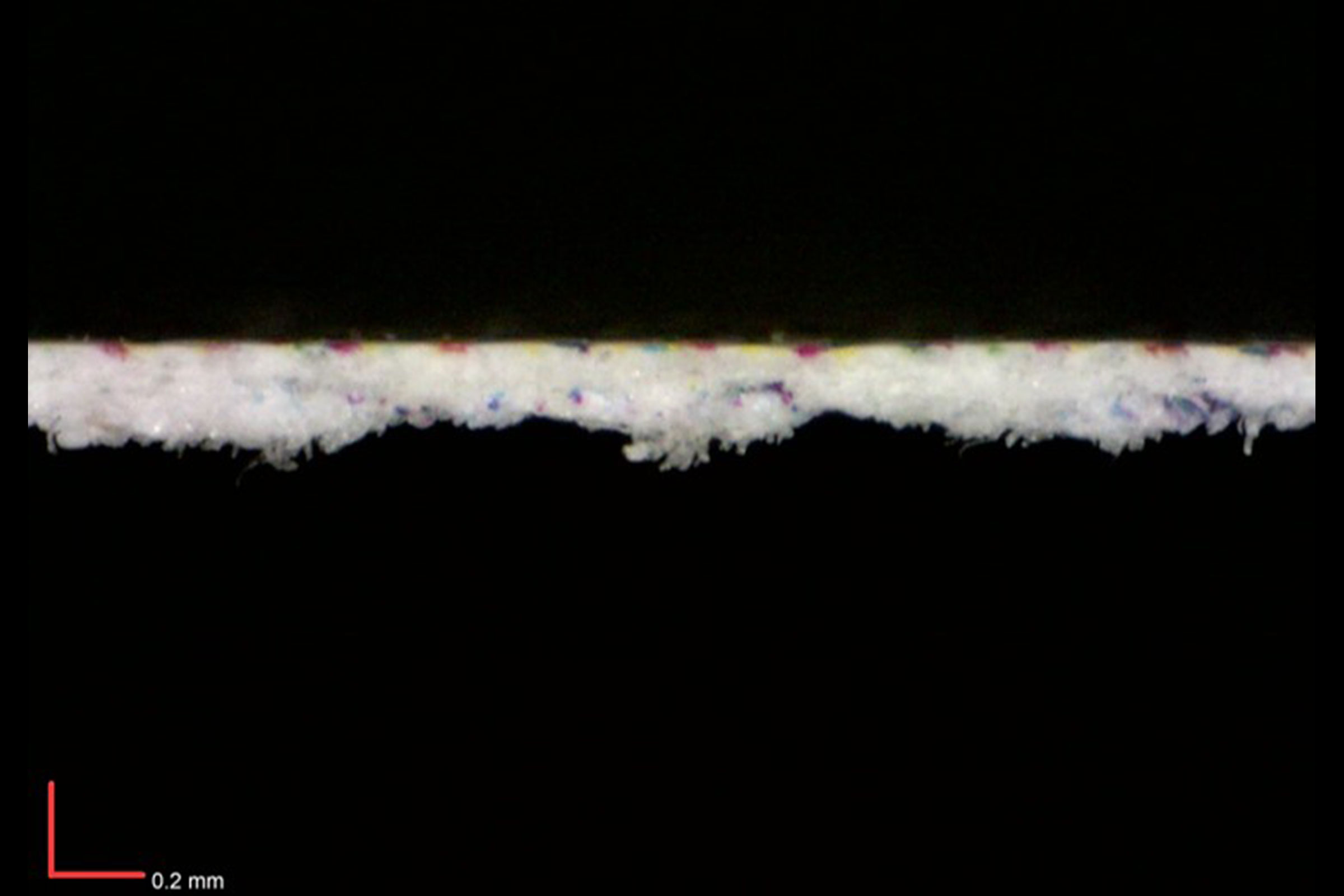
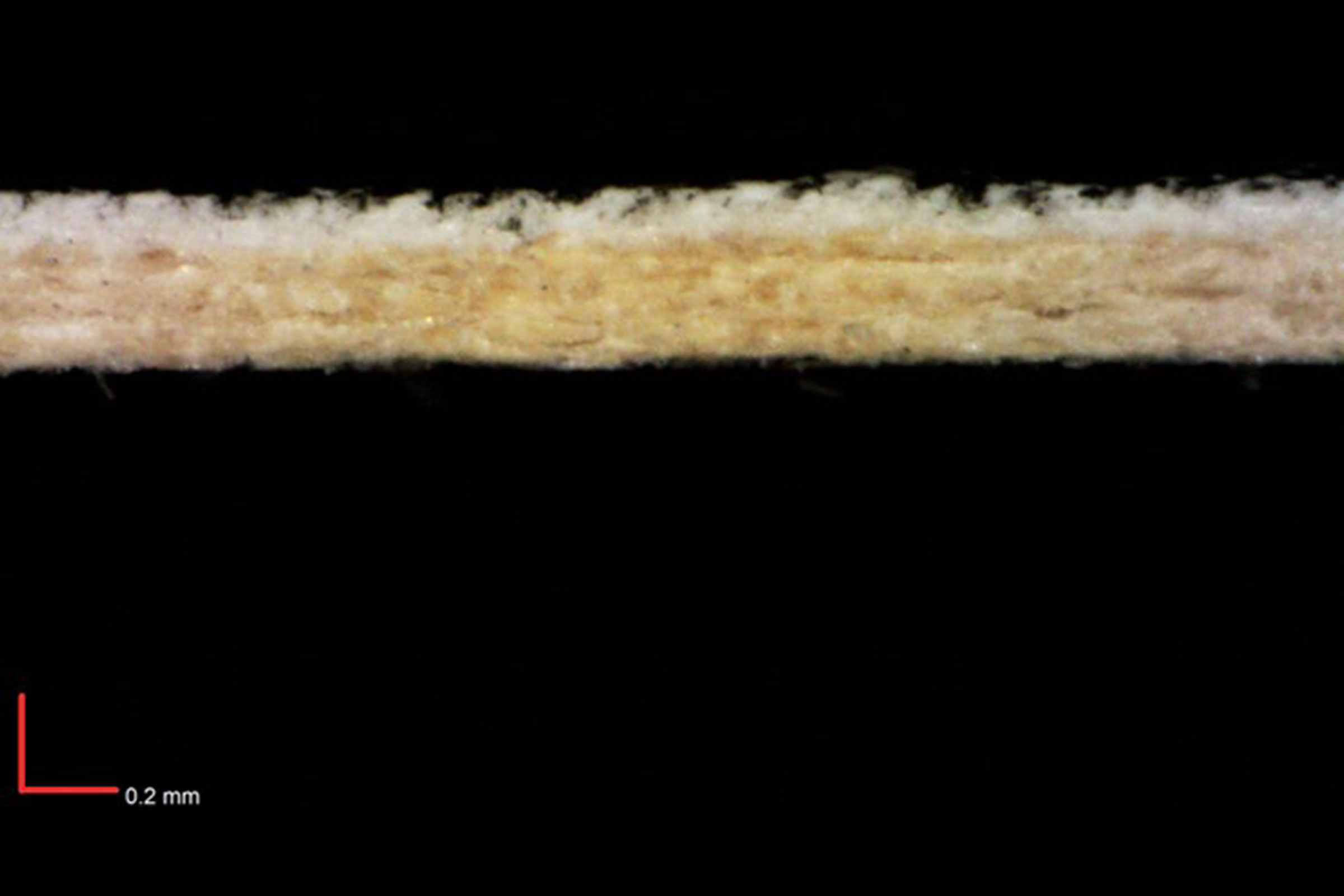
Conservation, processing and packaging actions
After the analysis and diagnosis phase, conservation actions were undertaken, which generally involved mechanically cleaning all the posters with a soft-haired brush.
Detecting the presence of adhesives in the form of self-adhesive tapes on the back of posters raised some concerns, since this substance can generally cause physical deformations and stains and accelerate the acidification process of paper supports.
To understand the effectiveness of adhesive removal methods, various tests were carried out, ranging from the application of chemical or physical hydrogels to the use of more traditional methods, such as mechanical removal using crepe rubber or chemical removal using solvents.
Once the conservation work was completed, the collection was physically organised and packed. It was decided to organise it according to the paper format categories defined by DIN (Deutsche Industrie Norm).
For items larger than A2 we decided to interfoliate them with conservation paper; the small species, we placed them in polyester bags.
All specimens with a format smaller than or equal to A0 were placed in horizontal filing cabinets, while larger formats were placed individually in flexible Tyvek® rolls, also in a horizontal position.
In parallel with the conservation, organisation and packaging work, the entire collection was pre-processed, including the description of all the specimens, so that the collection can now be searched and consulted via the Art Library catalogue, and the original documents or their digital reproductions, when they exist, can be consulted in the reading room by appointment.
